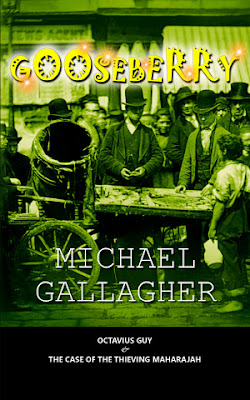I am still reading about the American Civil War. This time it's a non-fiction book, one that addresses all the issues that I avoided reading about in the Shaara book I read. I figured I owed Franklin that much.
My reviewer criteria. I like light, entertaining novels. I like smaller scale stories rather than epics. I like character focused novels featuring pleasant characters, with a minimum number of unpleasant ones. I greatly value clever and witty writing. I like first person, or close third person narratives. I dislike a lot of "head jumping" between POVs and flashbacks. I want a story, not a puzzle. While I am not opposed to violence, I dislike gore for the sake of gore. I find long and elaborate fight, action, and battle sequences tedious. Plot holes and things that happen for the convenience of the author annoy me. And I fear I'm a born critic in that I don't mind pointing out what I don't like in a story. However, I lay no claim to be the final arbitrator of style and taste, you need to decide for yourself what you like or dislike in a book.
Your opinions are always welcome. Comment below.
The Fall of the House of Dixie by Bruce Levine B+
Looking through the ebooks available via the local library on the American Civil War I came across this book, and it sounded really interesting, in that while it concerns the war, it promised to address the everyday life of the South in the war. Histories that concern themselves with the everyday life of people are the type of history that I most enjoy. I am less interested in the doings of kings, than the how people lived in the past.
I am happy to report that I not only enjoyed reading this book, but learned a lot about the era, and the causes of Civil War. While it is more focused on the big picture of how Southern society changed with the impact of war rather than everyday life, it drew on contemporary accounts recorded in diaries and newspapers to draw a picture of the vast changes in the life, and in the outlook, of the Southerner from the 1800's to the end of the Civil War, and how the war they started to preserve their society destroyed it.
This is a readable history that covers the era and subject in depth and detail, but not too much so as to make it dry reading. As I mentioned above, it uses the words of the people of the time to paint its picture of the time. I think it could've been shorter since the same viewpoints are repeated by various people. Still, I was never bored and actually read it without skimming. And since I get bored easily, I think I can safely say that if you are curious about the era, and the effects of the American Civil War in the southern states, you will enjoy this book while learning a lot.






























